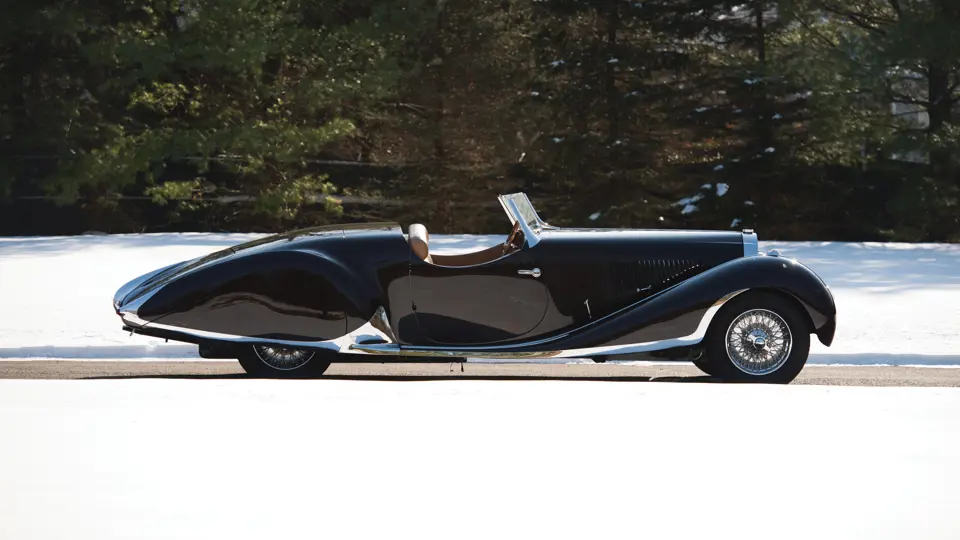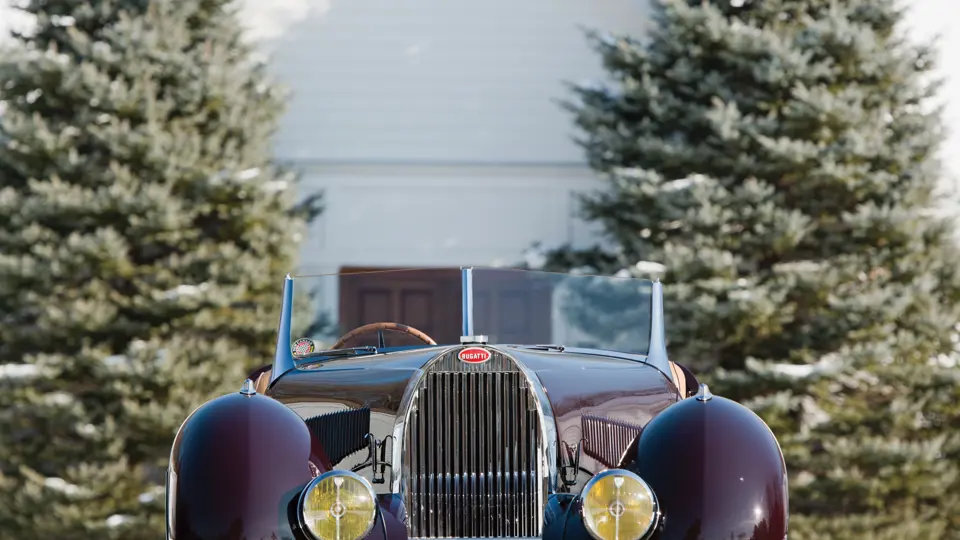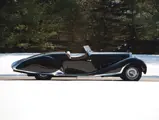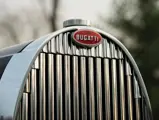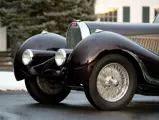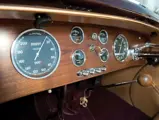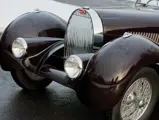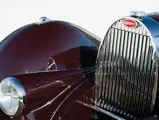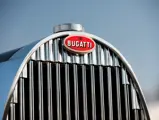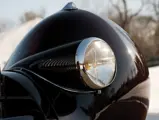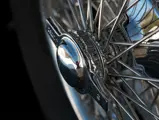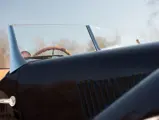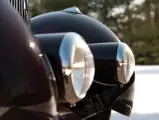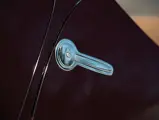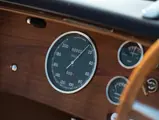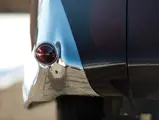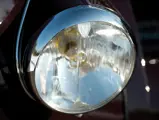
1937 Bugatti Type 57C Roadster in the style of Figoni et Falaschi
{{lr.item.text}}
$902,000 USD | Sold
Offered from the Pray Collection
{{bidding.lot.reserveStatusFormatted}}
- Offered from the Pray Collection
- Desirable late-specification Type 57 chassis
- Original chassis, engine, and supercharger
- Highly attractive aluminum coachwork
- Recent service by specialists at D.L. George Coachworks
160 bhp, 3,257 cc dual overhead-camshaft inline eight-cylinder engine with Roots-type supercharger, four-speed manual gearbox, solid front axle with semi-elliptic leaf springs, solid rear axle with quarter-elliptic leaf springs, and four-wheel Lockheed cable-operated drum brakes. Wheelbase: 130 in.
Few figures in the history of automotive design, manufacture, and motorsports loom larger than Ettore Bugatti, the Italian-born engineer who founded a legend with his factory-estate in Molsheim, Alsace. Bugatti, one of the early 20th century vanguards of racing and design, was an innovator whose cars routinely racked up grand prix wins, forging a reputation as an industry leader in both technical development and aesthetic styling.
But as fantastic as “Le Patron’s” early Brescia and succeeding Type 37 and Type 51 race cars were, the automotive wizard’s road cars were no less impressive, demonstrating subtle elegance in models like the Type 46, as well as sheer prodigious size and power as with the gargantuan Type 41 Royale. Out of all of Molsheim’s road cars, none have enjoyed such universal acclaim as the Type 57, which was largely designed and engineered by Ettore’s son, Jean Bugatti. The Type 57 first appeared in 1934, as a replacement for the Type 49, and it featured a new 3.3-liter twin, overhead-cam inline eight and an assortment of beautiful factory coachwork choices, which were comprised of both open and closed bodies.
In addition to offering this fabulous selection of coachwork, the Type 57 eventually became available in several upgraded mechanical variations, including the high-performance, short-chassis Type 57S, as well as a supercharged version dubbed the Type 57C. The 57C engine made its first appearance at the 1936 Paris Salon, installed in a Ventoux Coupe, and it was soon available on the improved second series Type 57 chassis that appeared in late 1936. With this addition of considerable power and improved performance, the Type 57C is regarded as one of the best all-around touring Bugattis ever built, and it remains the apogee of the Bugatti road car legend. Within a few years, Jean was tragically killed during a testing accident, and the onslaught of war just a few months later all but destroyed the Bugatti concern. Fortunately, the remaining Type 57 examples emphatically testify to the heights of craft achieved by the legendary Molsheim firm.
According to the report produced by the well-respected Bugatti historian Pierre-Yves Laugier, chassis number 57617, mated to supercharged engine 16C, was delivered to Vanvooren on November 25, 1937, to be dressed with a four-seater open body, which was built to design number 7495. According to letters sourced from the Vanvooren archives, the original owner was Jean Gapiand, the proprietor of a fence company and a local politician. Letters on file between the Bugatti factory and Vanvooren, dating between September 1937 and January 1938, document Gapiand’s trade of his Type 57 Ventoux, chassis number 57364, against the purchase of the new car, with the total cost being 70,000 French francs plus the value of the Ventoux. The correspondence also details Gapiand’s specific instructions relating to the appearance and value of the body. He took delivery of the completed car on January 31, 1938.
Gapiand was known for his short-term relationships with automobiles, and he sold this car in April 1939, in favor of a 4¼-Litre Bentley. The Bugatti then moved to Paris, where it was registered as 2492 RM 7 until 1956. Its first recorded post-war owner, Jean-Claude George, was a chemical engineer and sports car enthusiast who also owned a 300 SL Gullwing. During George’s ownership, the car was serviced by Bugatti specialist Roger Teillac in Paris.
On April 9, 1956, George re-registered the Bugatti as 915 EV 75, due to his intention to sell it. It passed through two other known owners before being sold to Jean Serre, of Montebeliard, whose family handled many Bugattis during the 1950s and 1960s. Presumably, by this point, the original Vanvooren coachwork had been transferred to another chassis or lost, and the car emerged from the Serre hoard in the mid-1990s as a bare chassis. It then found its way to the New World and into the collection of Malcolm S. Pray Jr.
Throughout this time and into the present, chassis number 57617 has retained its original engine, number 16C, and supercharger, number 6S; while the gearbox, 38C, is from chassis number 57726, a supercharged Letourneur et Marchand Cabriolet. It is believed that the gearbox was exchanged in the 1950s, when the car was undergoing service in the Teillac garage.
The sporting chassis was used as a blank canvas for an open body of the same sporty pretentions as the original, and it incorporated styling cues from another famous Vanvooren-bodied Type 57C, the Cabriolet created for the Shah of Iran, as well as from various Joseph Figoni designs. Work was completed by the renowned Alan Taylor Company, of California, to their usual high standard, and all receipts and photo-documentation of the restoration is on file, for all interested parties to review.
Following completion of the painstaking work in 2006, the Bugatti was proudly toured by Mr. Pray across the country, beginning with a debut at the Meadow Brook Concours d’Elegance. In 2007, it was displayed at no fewer than 10 events, winning several Best of Show accolades. Not surprisingly for such a winning design, it has continued to be lovingly maintained as part of the Pray Collection. The engine has recently been tuned by historic specialists at D.L. George Coachworks, and it produces a strong, deep exhaust note. The aluminum body is in excellent condition, displaying only slight wear to the panel edges.
In many ways, chassis number 57617 encompasses the best aspects of the Bugatti legend. It has what one specialist terms “good bones,” with its original engine and chassis, and it is still equipped with its optional factory-delivered supercharging and hydraulic brakes. The enthusiast era has seen this Bugatti resurrected in a beautiful, period-correct design that recalls the best creations of its original designer. It survives today as a testimonial to the skill of the engineer and the art of the coachbuilder, then and now.





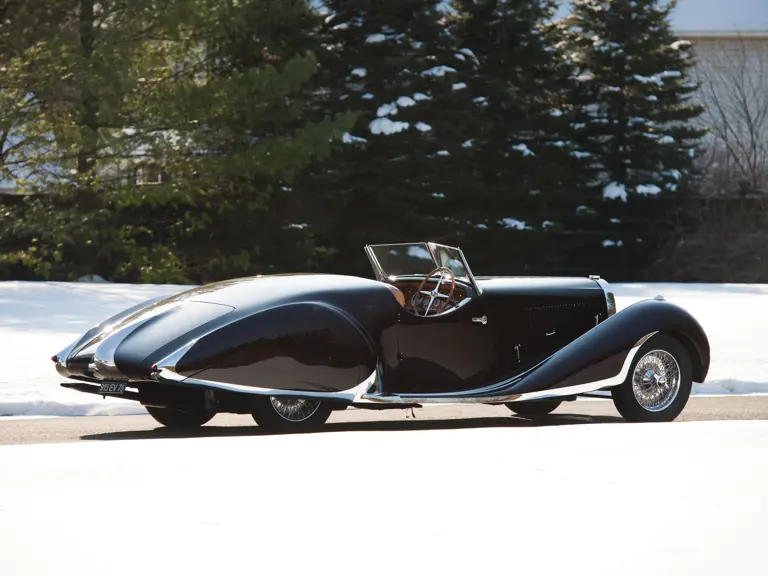
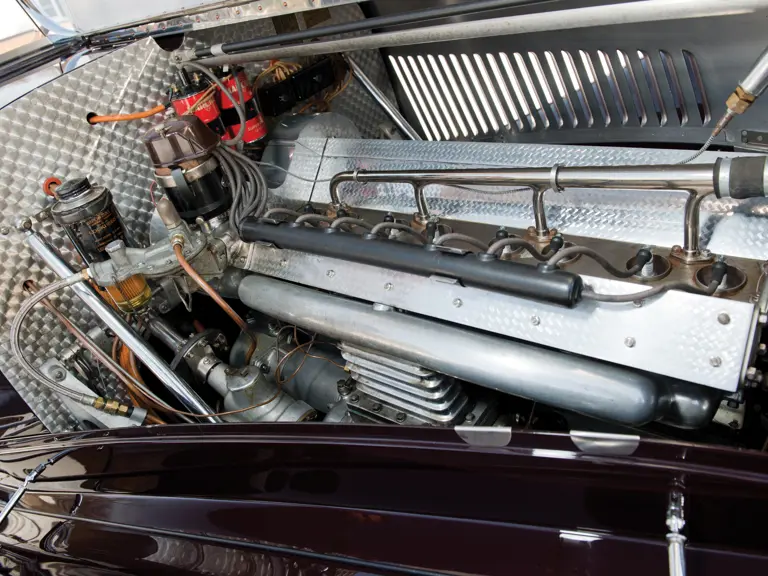
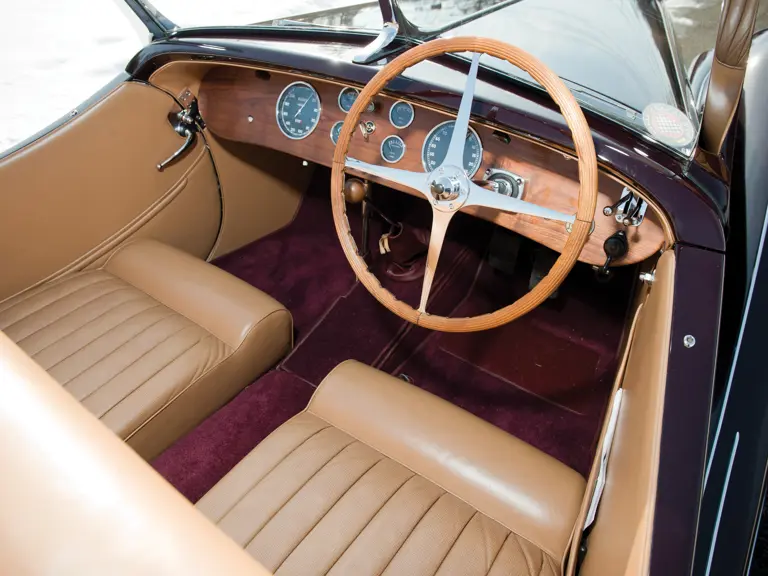
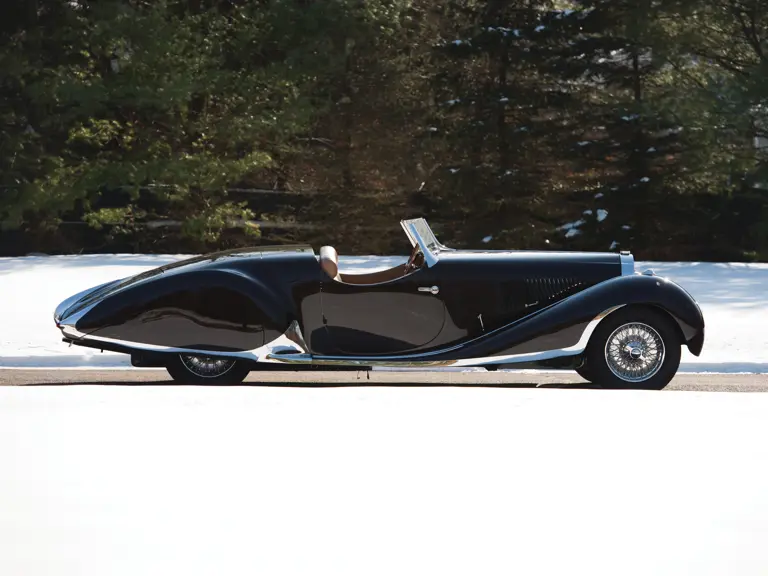
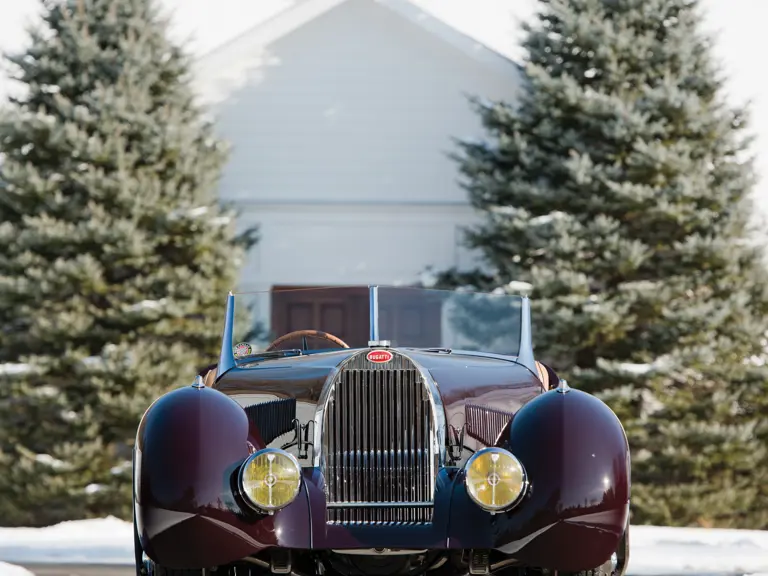
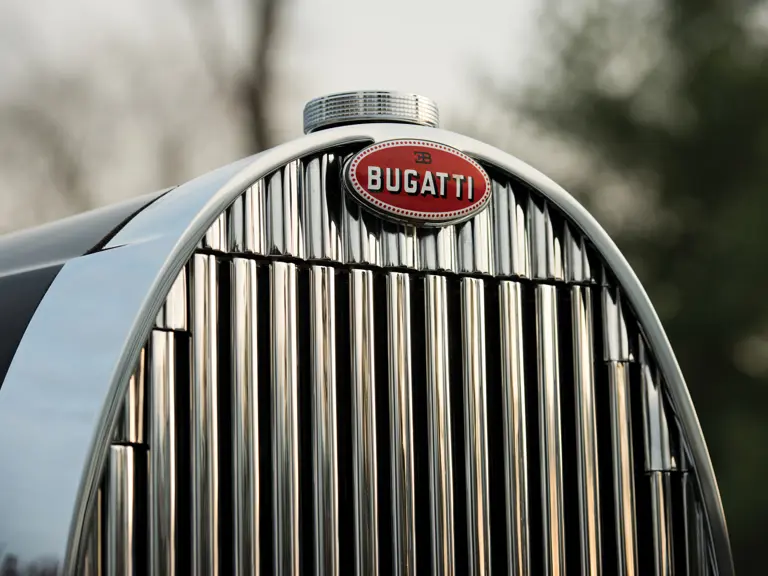
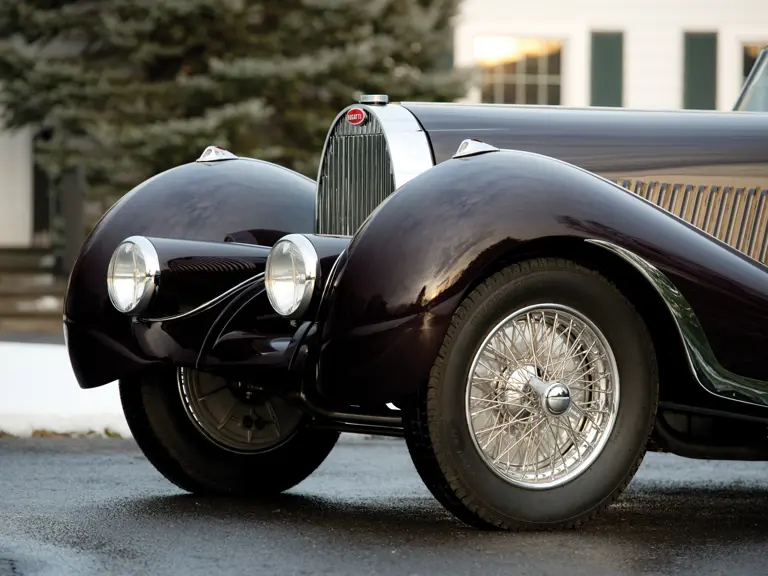
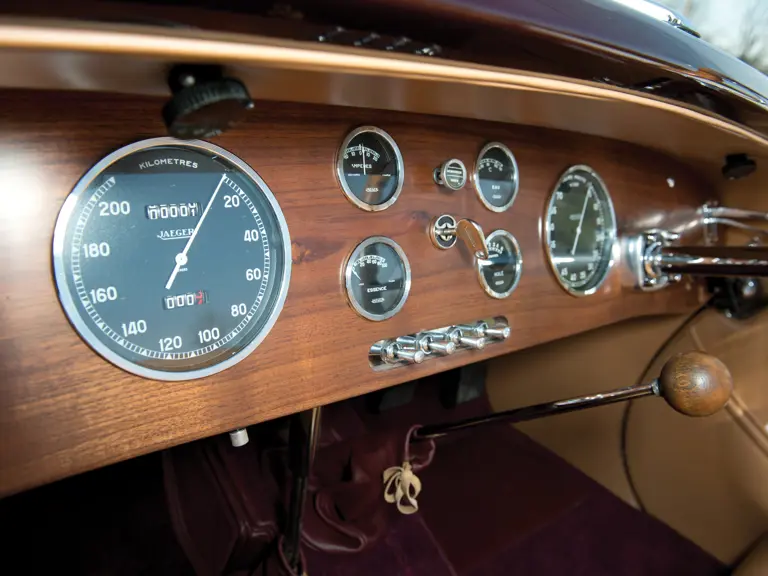


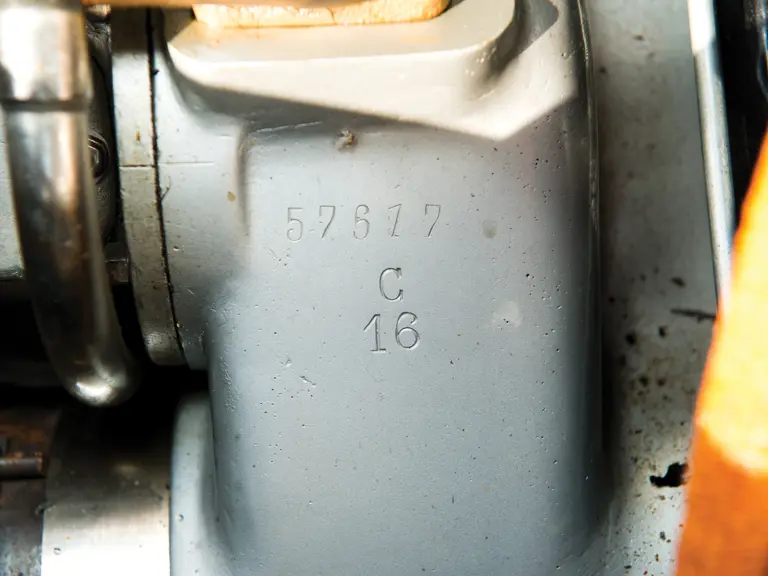

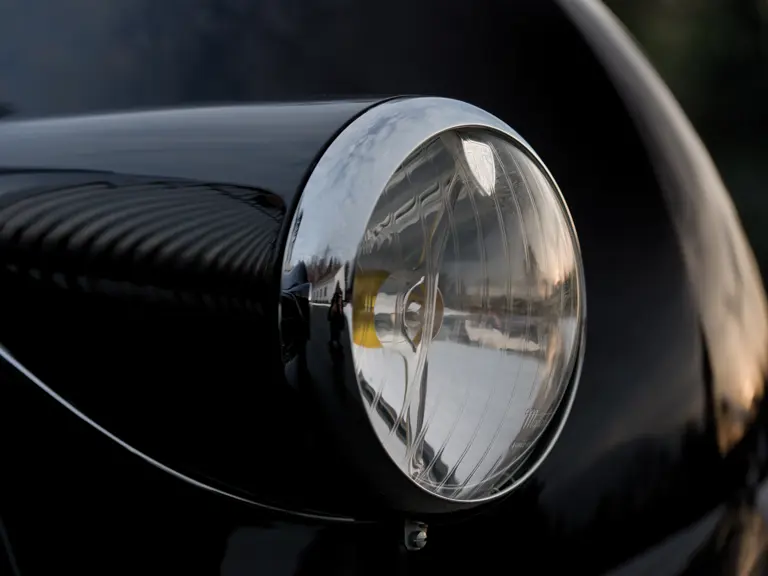

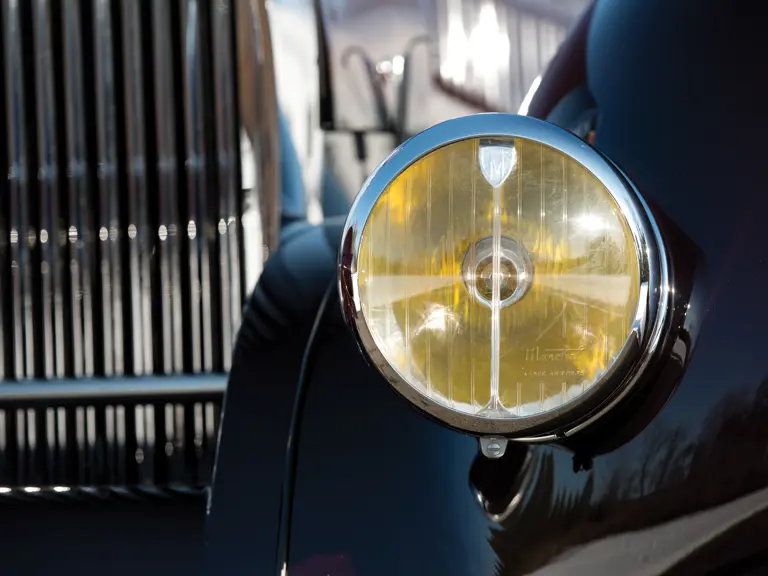
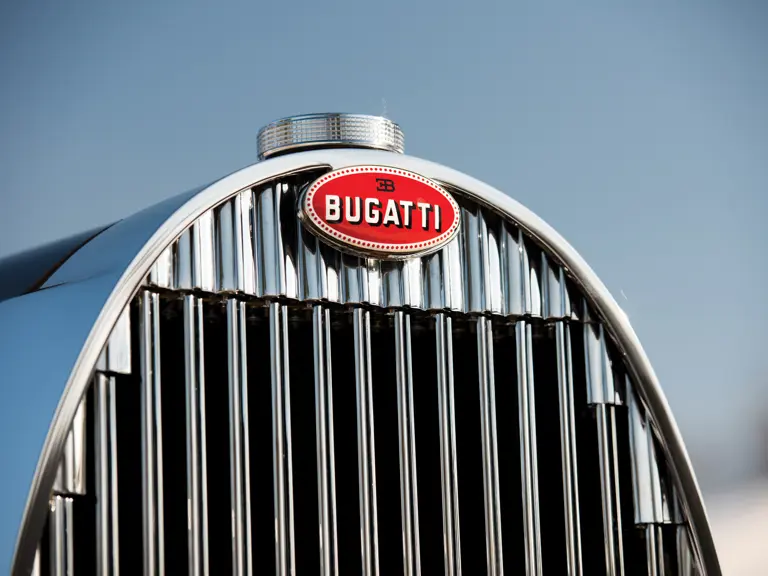

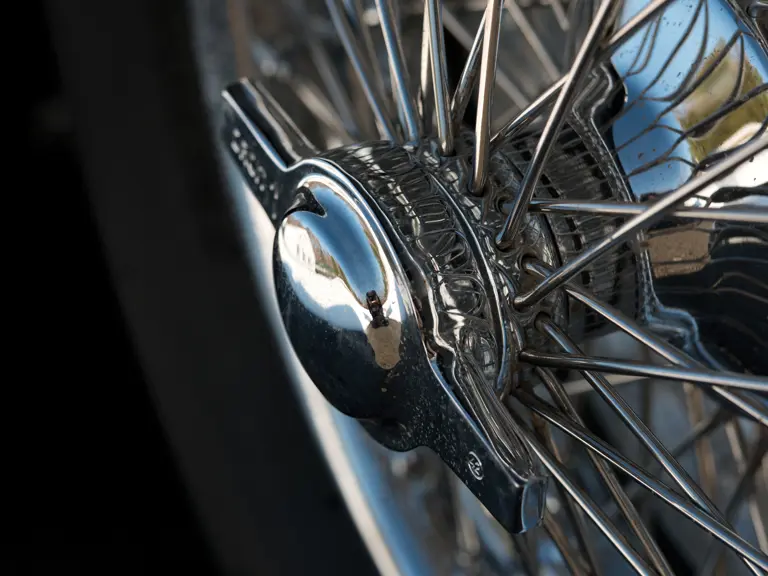

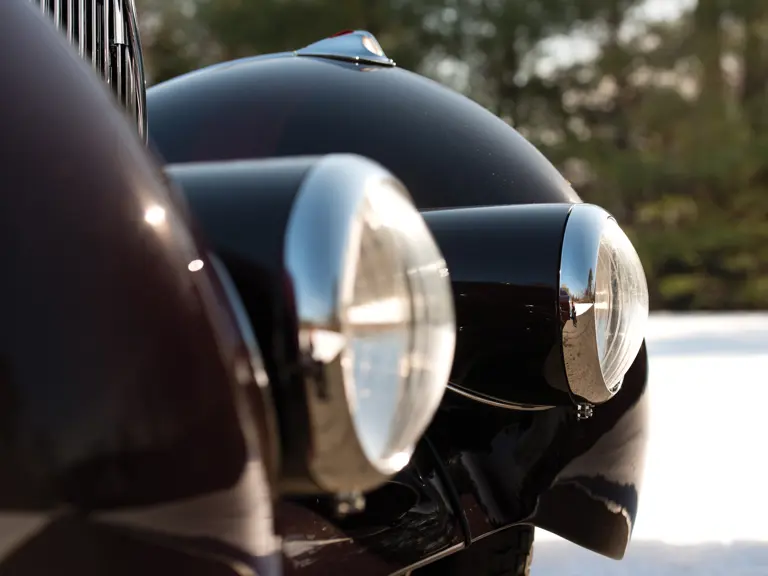
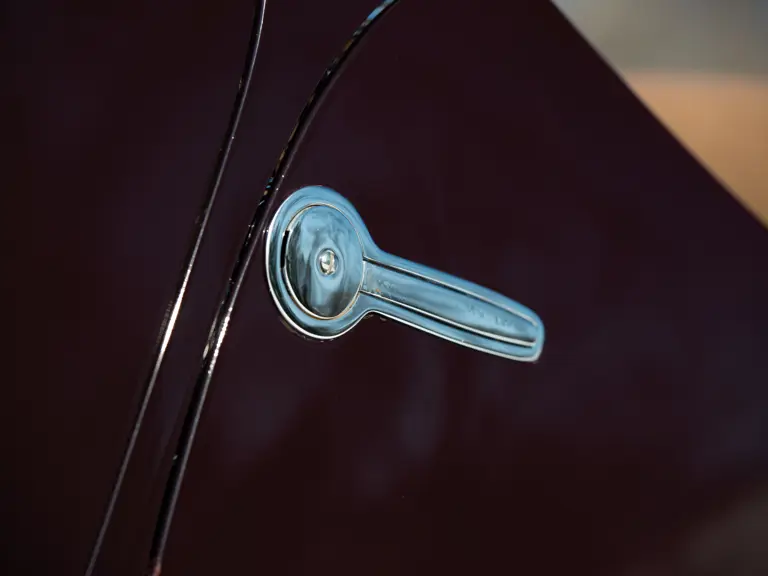

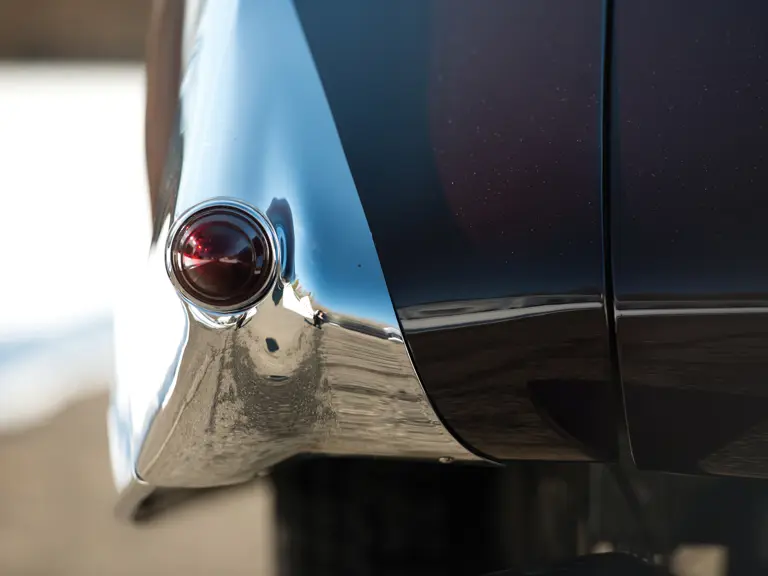

 | Amelia Island, Florida
| Amelia Island, Florida
